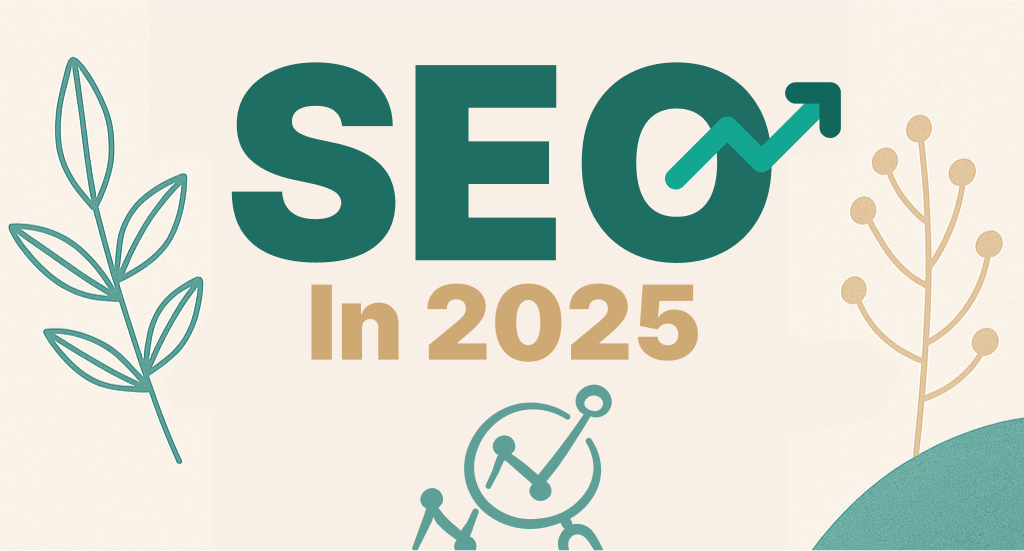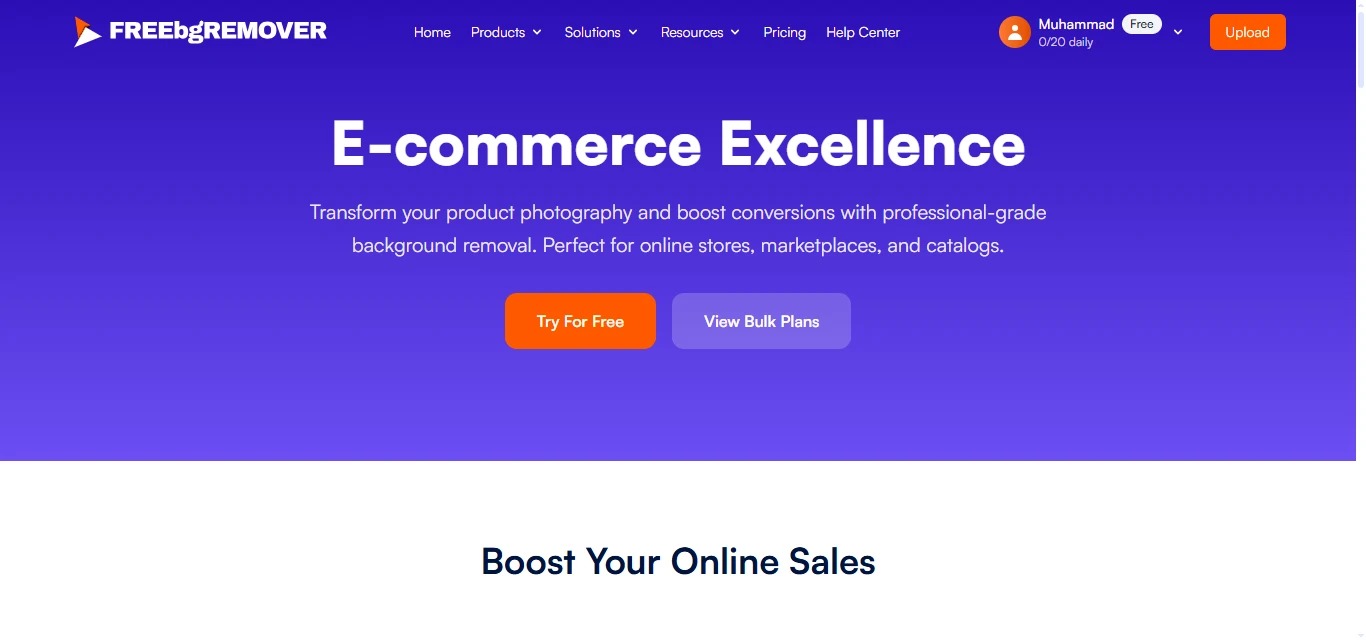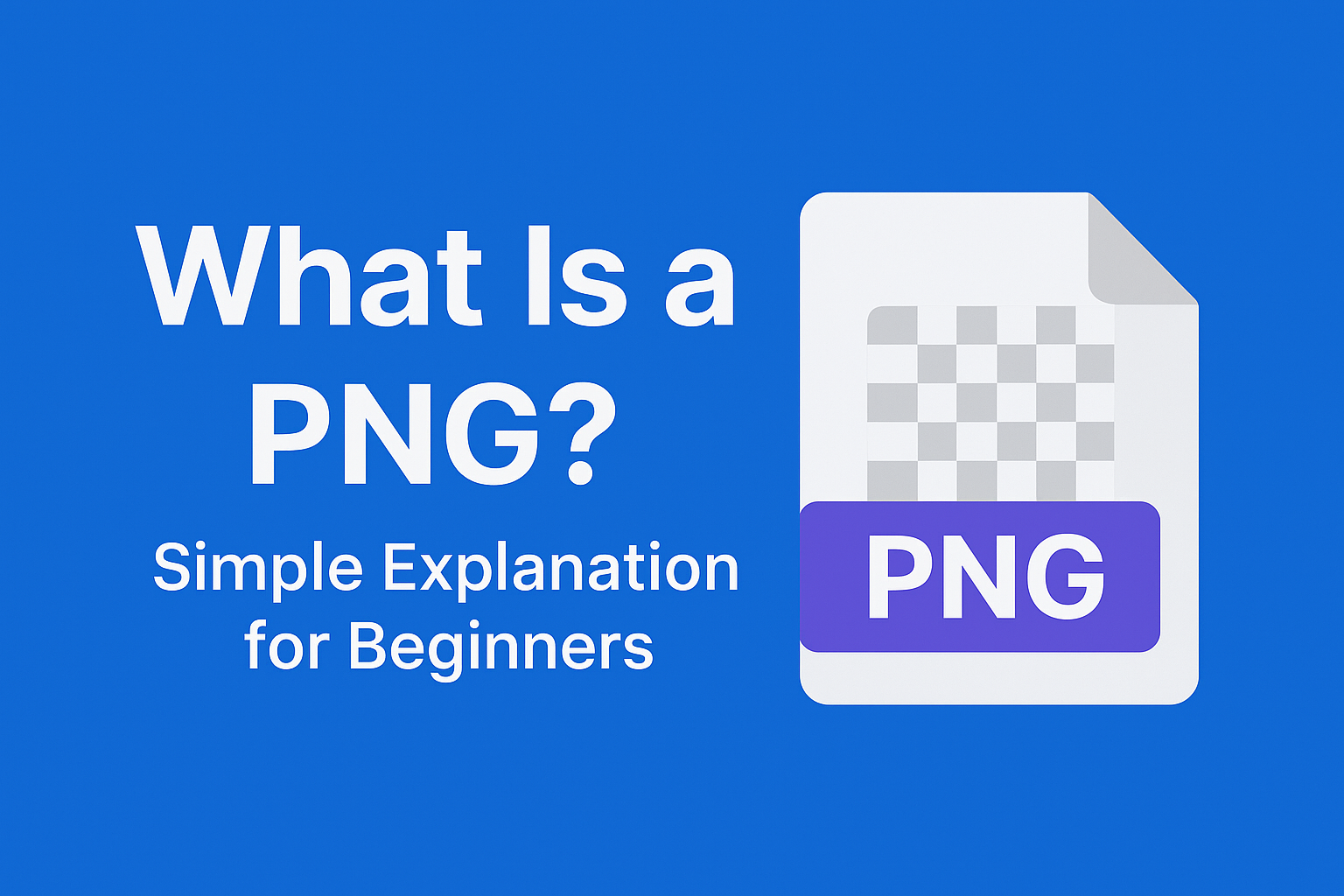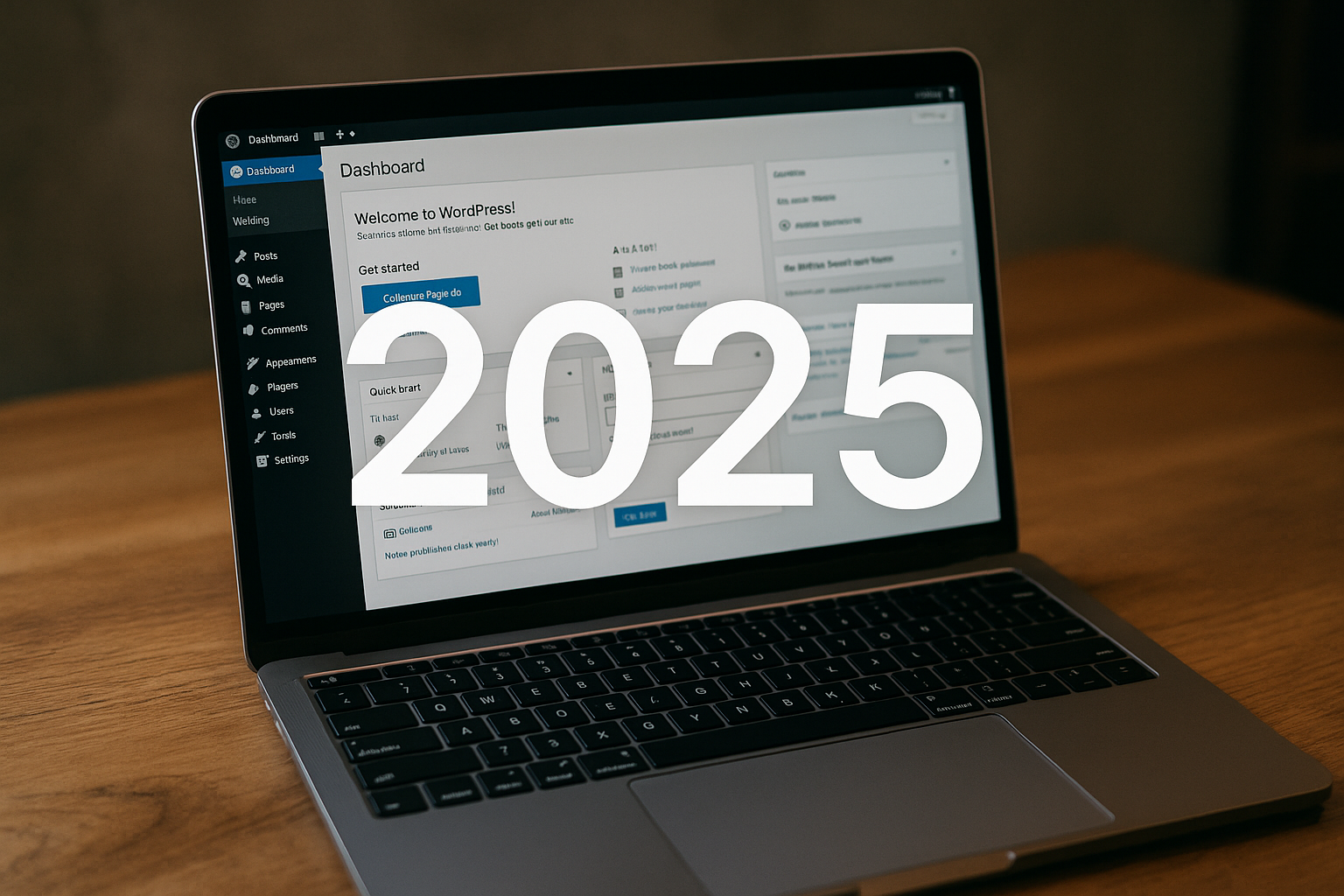SEO in 2025: It’s Not Just About Rankings Anymore
Search has evolved beyond simple keyword rankings. SEO in 2025, is about relevance, credibility, and visibility in a world shaped by AI-driven answers, rich snippets, and zero-click results. Users expect instant clarity, while Google often delivers summaries directly, reducing traditional click-throughs. To stay competitive, brands must create content that not only answers questions clearly but also shows authority, trust, and intent while being structured so both humans and AI can understand it.
The real opportunity lies in blending semantic relevance, strong UX, and technical precision. Fast performance, mobile-first design, and structured data are now as vital as compelling writing. Tools like FreebgRemover, a free AI-powered background removal solution, show how AI can enhance user experience when paired with human insight. The brands that succeed are those that make their content discoverable, credible, and genuinely useful in this new search landscape.
Getting Real About Visibility: It's Getting Crowded Out There
Being visible in search results is more challenging than ever. Even ranking on page one does not guarantee clicks. Between AI-driven overviews, People Also Ask boxes, video snippets, product carousels, and paid search ads, traditional blue links are often pushed far down the SERP. This makes it harder for users to discover your content organically. Competition for attention is intense, and users have shorter attention spans, expecting quick, precise answers.
Zero-click searches are becoming the new standard. Many users now get answers directly on the search results page without clicking through to a website. This shift forces brands to rethink SEO strategies, prioritizing search intent, structured content, and featured snippet optimization. Ranking for keywords alone is no longer enough; content must satisfy both AI algorithms and human readers instantly with clear, actionable information.
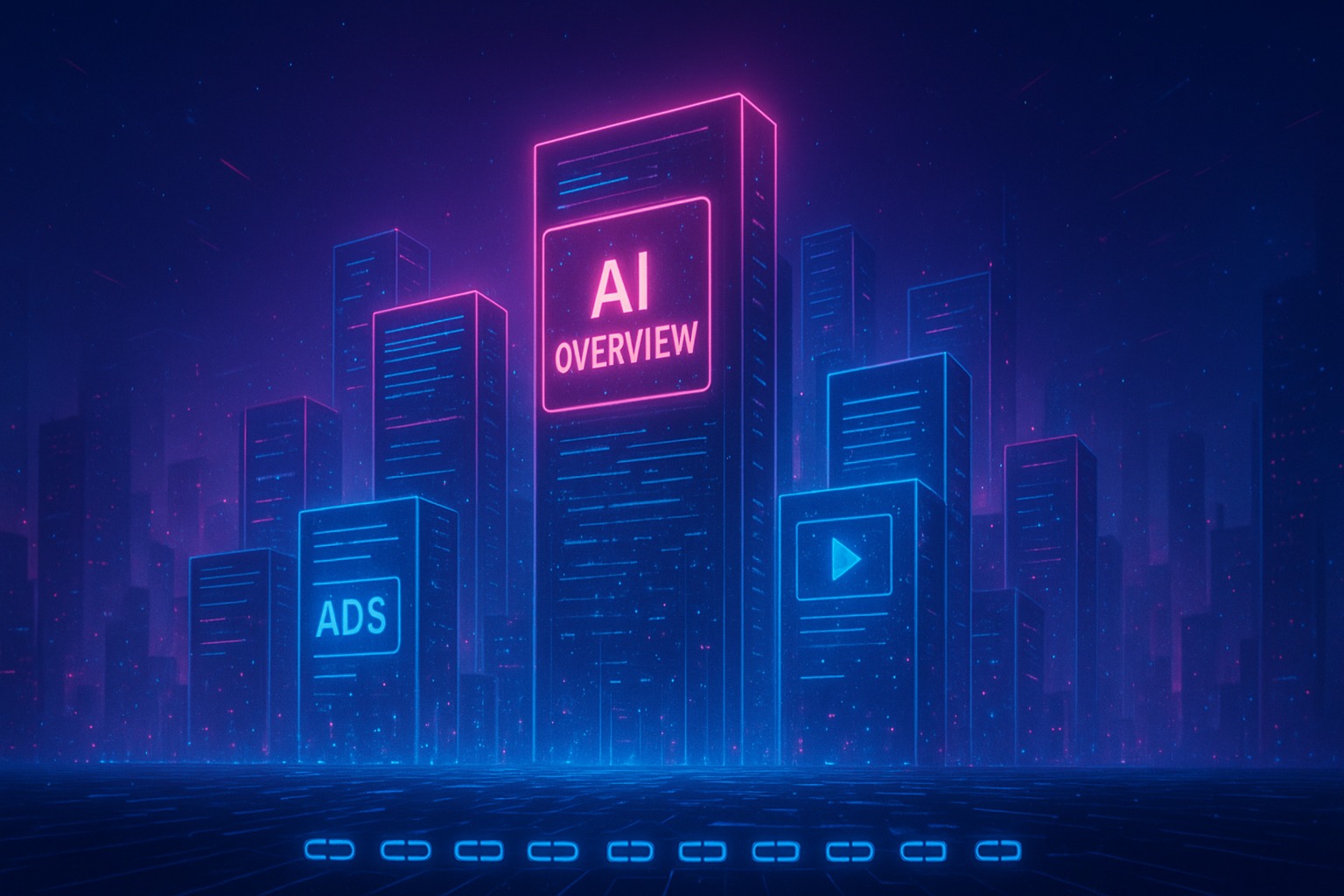
Tools like FreebgRemover, a free AI-powered background removal solution with API integration, highlight how businesses can improve user experiences at scale. By embedding such tools directly into websites or apps, brands can deliver instant value, increase engagement, and stay relevant in an SEO environment where speed, accessibility, and utility define success.
E-E-A-T Isn’t Just a Buzzword
Google now evaluates not just the content you produce, but who you are, why you matter, and whether your audience can trust you. Ignoring E-E-A-T, Experience, Expertise, Authoritativeness, and Trustworthiness, is a critical mistake in modern SEO. Search engines increasingly reward content that demonstrates real-world credibility, while penalizing content that lacks verification or authority.
-
Experience: Have you personally tested, used, or verified the information you are sharing? First-hand knowledge signals reliability to both users and AI-driven search engines. Demonstrating practical experience helps your content rank higher for intent-based searches.
-
Expertise: Are you a qualified authority in your field? Credentials, certifications, and demonstrable skill matter. Expert content is more likely to earn featured snippets, AI citations, and backlinks from other authoritative sites.
-
Authoritativeness: Are other websites, industry leaders, or publications referencing your content? Backlinks, mentions, and citations establish your site as an authority and improve topical relevance in semantic search.
-
Trustworthiness: Is your website secure, transparent, and credible? Clear privacy policies, HTTPS security, verified contact information, and accurate content all contribute to user trust and signal reliability to Google.
Fail to optimize for E-E-A-T, and your content risks being overlooked, even if it ranks well for traditional keywords. Excel in all four areas, and your brand becomes a trusted source of information, frequently cited in featured snippets, AI-driven search results, and topic clusters, establishing long-term visibility, higher engagement, and better organic traffic. 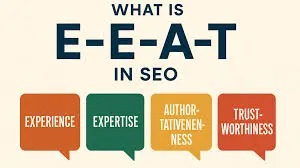
The Keyword Game Has Changed
Keyword stuffing is no longer effective. Modern SEO now revolves around user intent and delivering content that genuinely satisfies what people are searching for. Understanding the fundamental purpose behind queries is more important than matching exact keywords. Your content should focus on providing value, answering questions, and addressing user needs, while being structured to signal relevance to search engines.
Key strategies for intent-focused SEO include:
-
Long-tail queries: Target highly specific searches with lower competition. These queries often result in higher engagement and better conversion rates.
-
Conversational phrasing: Use natural language that mirrors how users speak, especially for voice search and AI assistants. This improves chances of appearing in AI-driven search results.
-
Entity-focused content: Google now evaluates the relationships between topics, concepts, and entities rather than just individual keywords. Building content around topics and entities improves semantic relevance.
-
Topic clusters: Organize content into pillar pages with linked subtopics. This strengthens your site’s topical authority and helps search engines understand your content structure.
Monitoring AI-powered platforms like Perplexity, ChatGPT, and Bing Copilot helps uncover why certain content gains visibility. By studying structure, phrasing, and semantic signals, brands can reverse-engineer what works. The same applies to tools such as FreebgRemover, where background removal for E-commerce products or marketing visuals improves clarity. Optimized assets not only enhance user experience but also strengthen search visibility. Combining intent-driven optimization, semantic relevance, and AI insights ensures lasting authority.
Core Web Vitals Have Grown Up
Performance metrics are crucial for SEO success in 2025. Google now measures real user experience signals to determine rankings, so optimizing your site’s speed, responsiveness, and stability is non-negotiable. Key metrics to monitor include:
-
Largest Contentful Paint (LCP): Aim for under 2.5 seconds to ensure your main content loads quickly.
-
Interaction to Next Paint (INP): Keep it under 200ms so users experience smooth, responsive interactions.
-
Cumulative Layout Shift (CLS): Prevent unexpected layout shifts that disrupt the user experience.
-
Engagement Reliability (ER): Ensure buttons, links, and forms work consistently across devices and browsers.
Mobile-first design is mandatory. Slow-loading or unstable websites frustrate users and reduce engagement, which negatively impacts rankings. To optimize performance:
-
Compress and lazy-load images using modern formats like AVIF or WebP.
-
Use CDNs and implement server-side rendering for faster content delivery.
-
Minify CSS and JavaScript to reduce load times.
-
Apply server push and preload strategies for critical resources.
-
Design for mobile-first layouts to provide a seamless experience on all devices.
Focusing on these Core Web Vitals and user-centric optimizations improves both rankings and user satisfaction, ensuring your website performs well in AI-driven search results and modern SERPs.
Schema, Robots.txt, and Sitemaps Still Matter
Technical SEO remains a cornerstone of website visibility in 2025. Proper schema markup helps search engines understand your content and increases the chance of appearing in rich results, featured snippets, and AI-driven search answers. Key implementations include:
-
FAQ schema: Ideal for long-form content, helping search engines highlight question-and-answer sections directly in the SERP.
-
Product schema: Essential for e-commerce sites, boosting visibility in product carousels and rich shopping results.
-
Local Business schema: Optimizes your presence in Google Maps and local searches, improving local discoverability.
Additionally, maintain a clean and up-to-date sitemap.xml to ensure search engines can crawl and index your pages efficiently. Manage crawl budgets effectively with robots.txt files to prevent indexing of irrelevant pages. Modern AI-powered crawlers also notice these details, making technical SEO crucial for both traditional and AI-driven search visibility.
Evergreen Doesn’t Mean Set-It-And-Forget-It
Evergreen content only delivers results if it is consistently maintained. High-performing pages should be refreshed and optimized to stay relevant in changing search landscapes. Key practices include:
-
Update statistics and external links to ensure accuracy and credibility.
-
Add fresh insights, examples, or subtopics that reflect current trends and user needs.
-
Review SERP features and competitor strategies to refine positioning.
-
Enhance meta titles and descriptions for stronger click-through rates.
By treating evergreen content as a living asset, you not only preserve its SEO value but also Strong trust and authority with your audience over time.
AI Is a Partner, Not a Replacement
AI is a powerful tool for scaling workflows, but it cannot replace human creativity, insight, or lived experience. The strongest results come from combining AI efficiency with authentic expertise that builds trust. For example, tools like FreeBgRemover simplify background removal for e-commerce and marketing visuals, saving hours of manual work.

AI can also assist with drafting outlines, summarizing research, and generating new ideas.
-
Organizing and drafting to speed up content creation.
-
Summarizing research and datasets for quick reference.
-
Generating alternative headlines or variations to improve CTR.
-
Expanding content ideas into new formats or clusters.
However, avoid depending on AI for areas where human value is irreplaceable:
-
Original thought, analysis, or nuance that requires real expertise.
-
Personal Stories or storytelling that connect emotionally.
-
First-hand experience, credibility, and authority signals that reinforce E-E-A-T.
Every AI-assisted paragraph should be carefully reviewed, edited, and humanized so it feels natural, trustworthy, and aligned with both user intent and semantic SEO principles.
UX and SEO: Two Sides of the Same Coin
Google increasingly evaluates user behavior signals like bounce rate, scroll depth, click patterns, and return visits to measure whether content truly satisfies intent. A strong user experience (UX) is now inseparable from strong SEO. Key factors include:
-
User Friendly that helps users find answers without friction.
-
Mobile-first design that adapts seamlessly across devices.
-
Clear calls-to-action (CTAs) guiding users toward the next step.
-
Logical visual hierarchy that highlights the most important elements.
-
Readable fonts and accessibility standards to serve all audiences.
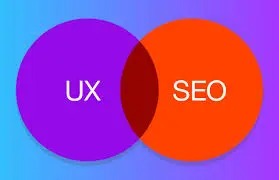
When done well, SEO feels invisible, content flows naturally, pages load smoothly, and users stay engaged. Poor UX, however, is immediately noticeable, leading to higher bounce rates, lost trust, and diminished rankings. In 2025, UX and SEO are no longer separate disciplines, they support each other, shaping how search engines and users perceive brand authority.
Stop Obsessing Over Traffic. Start Measuring Impact
Forget vanity metrics. Focus on engagement and conversions:
-
Organic conversion rate per page
-
Scroll depth
-
Branded search volume
-
Dwell time and return visits
Focus on qualified traffic that converts and engages, not just total numbers.
The SEO Tech Stack in 2025: Tools You’ll Actually Use
Key tools for modern SEO:
-
Ahrefs: Keywords, backlinks, competitor analysis
-
Semrush: Audits, planning, optimization
-
Google Search Console: Real performance data
-
Surfer SEO / Clearscope: NLP content optimization
-
ChatGPT / Claude: AI co-pilot
-
PageSpeed Insights & Lighthouse: Core Web Vitals fixes
-
Screaming Frog: Technical audits and crawl mapping
Use these tools to support your strategy, not replace thinking.
Your Updated 2025 SEO Checklist
Quick Reference SEO Priorities for 2025
-
Target intent-driven keywords by aligning content with real user questions, problems, and search journeys.
-
Optimize Core Web Vitals to deliver fast, reliable performance.
-
Implement schema markup to earn rich results and visibility in AI Overviews.
-
Keep evergreen content fresh with updated statistics, competitor checks, and new subtopics.
-
Build topic clusters and pillar pages to establish topical authority and strengthen semantic relationships.
-
Audit robots.txt and sitemap.xml to maintain crawl efficiency and ensure discoverability by AI-driven crawlers.
-
Improve UX through mobile-first design, accessibility compliance, and clear navigation.
-
Leverage AI with human oversight for outlines, ideation, and optimization while retaining authenticity and expertise.
-
Track business-driven metrics such as leads, conversions, and engagement, not just rankings.
This checklist blends technical SEO, semantic relevance, and user-centric performance, ensuring visibility in both traditional rankings and AI-powered discovery.
Conclusion
The brands winning today are those that blend technology, strategy, and human insight into every piece of content. Consistency is what builds recognition, trust, and long-term visibility.
At its core, SEO in 2025 is not about gaming algorithms, it’s about people. Search engines reward authenticity because users demand it. When your content provides real value, demonstrates credibility, and answers intent-driven questions, you don’t just earn clicks, you earn loyalty. Practical tools like FreeBgRemover, which helps businesses create clean and professional visuals, are great examples of delivering real value that improves both user trust and experience.
The future of SEO belongs to brands that act less like publishers and more like trusted authorities. Stay relevant, stay human, and your visibility will follow.
